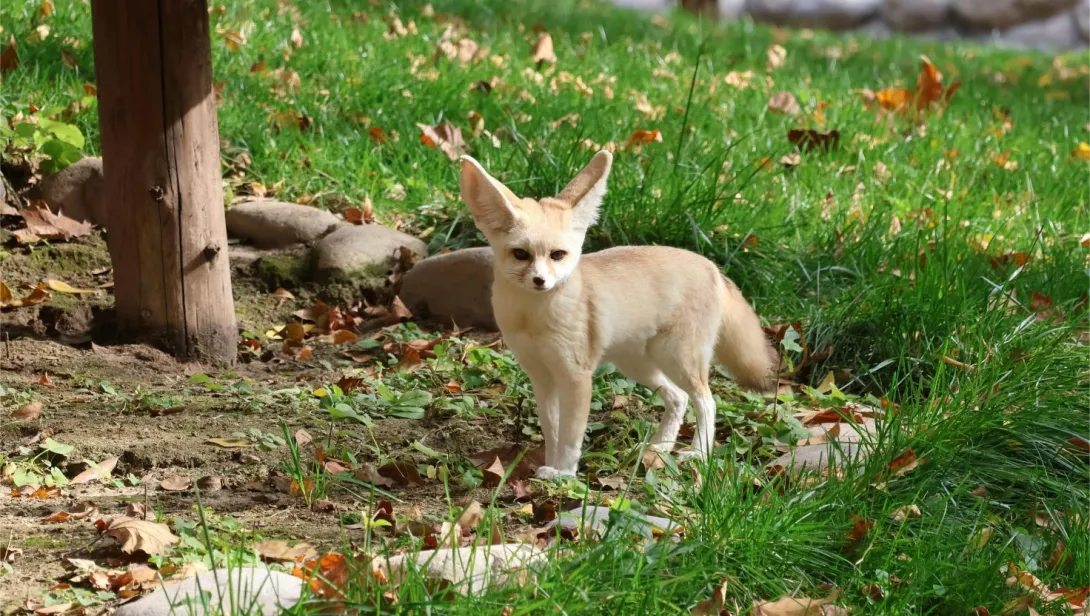Skip to main content
General Information
- The Fennec Fox (Vulpes zerda) is the smallest species of fox in the world.
- It is native to the Sahara Desert and other parts of North Africa.
- Fennec foxes are known for their large ears, which help them stay cool in the desert.
- They are nocturnal, meaning they are most active at night to avoid extreme heat.
Physical Characteristics
- Fennec foxes weigh between 0.7 to 1.6 kg (1.5 to 3.5 lbs).
- They grow up to 40 cm (16 inches) long, excluding their tail.
- Their tail adds another 20-30 cm (8-12 inches) in length.
- Their most distinctive feature is their large ears, which can be up to 15 cm (6 inches) long.
- Their fur is thick and sandy-colored, helping with camouflage and insulation.
- They have fur on their paws that protects them from the hot desert sand.
Adaptations to the Desert
- Their large ears help to dissipate heat and keep them cool.
- They can survive with little to no water, getting moisture from their food.
- Their fur provides insulation against both hot days and cold nights.
- Fennec foxes dig burrows in the sand to escape the heat.
- They have excellent hearing to detect prey moving underground.
Diet and Hunting
- Fennec foxes are omnivores, eating both plants and animals.
- Their diet includes insects, small rodents, birds, eggs, and fruits.
- They can leap up to 1 meter (3 feet) to catch prey.
- They store food in their burrows for later consumption.
Reproduction and Lifespan
- Fennec foxes mate for life and form strong pair bonds.
- The gestation period lasts about 50 days.
- Females give birth to 2 to 5 pups per litter.
- Pups are born blind and rely on their mother for food and protection.
- They live up to 10 years in the wild and up to 14 years in captivity.
Behavior and Social Structure
- Fennec foxes are social animals and live in small family groups.
- They use their burrows as shelter from predators and extreme weather.
- They communicate using barks, squeaks, and purring sounds.
- They mark their territory using scent glands.
Threats and Conservation
- Fennec foxes are not considered endangered but face threats from habitat destruction and illegal pet trade.
- They are hunted for their fur in some regions.
- Conservation efforts focus on protecting their natural habitat.
Interesting Facts
- Fennec foxes can go for weeks without drinking water.
- They are excellent diggers and can create burrows up to 10 meters (33 feet) long.
- Their hearing is so sharp they can detect prey moving underground.
- They are sometimes kept as exotic pets, though they require special care.
- The Fennec fox is the national animal of Algeria.
